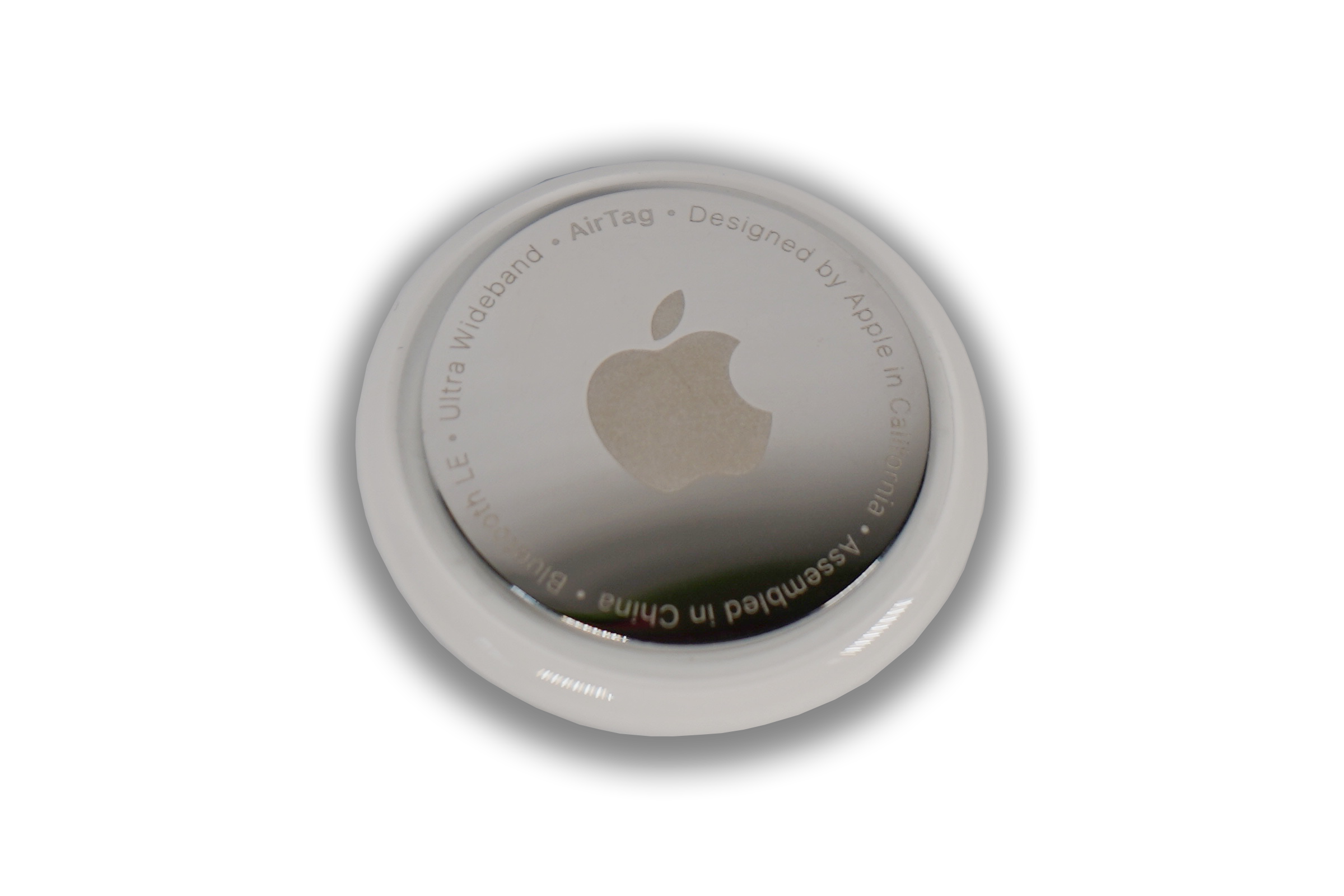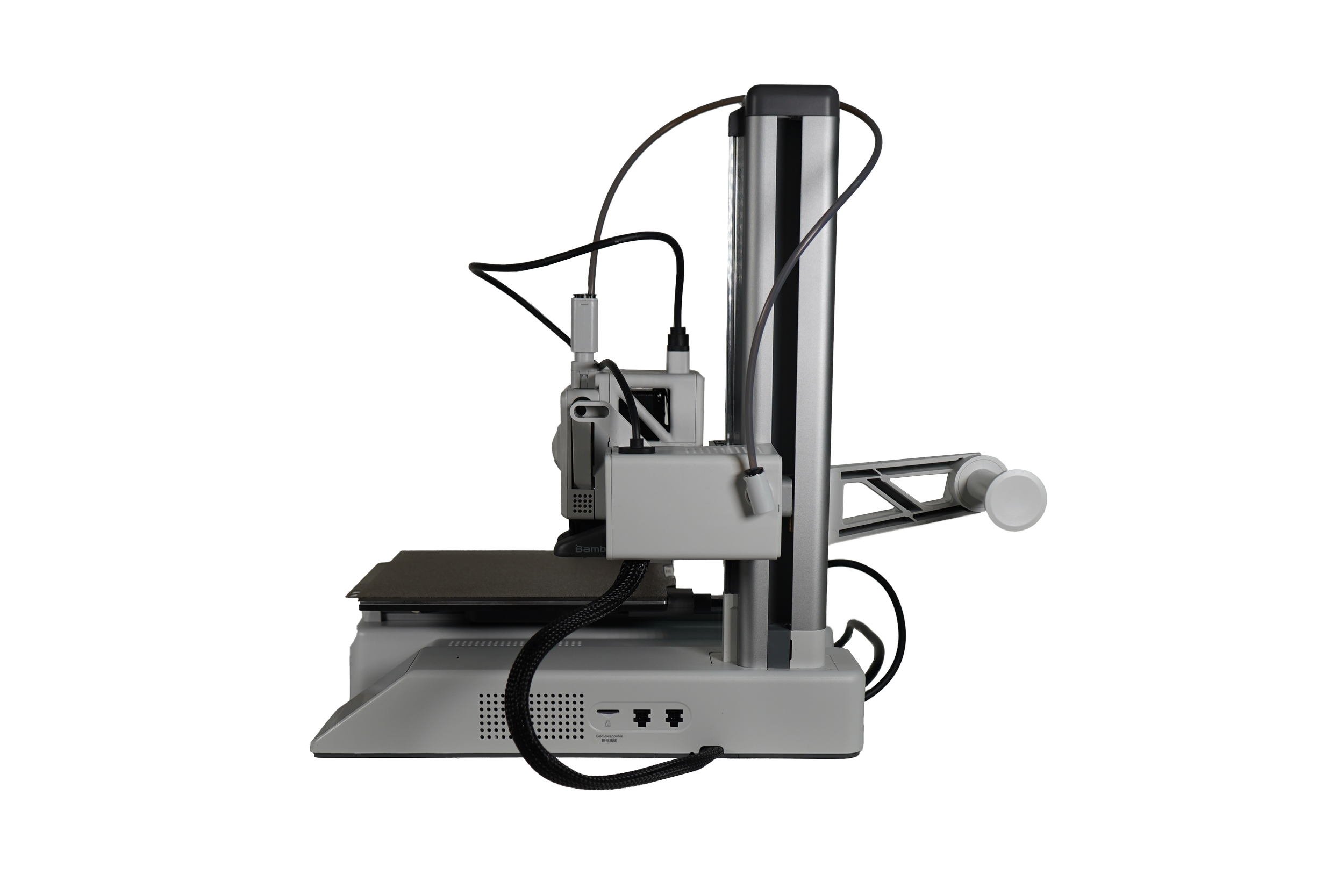Bambu Lab A1 Mini 3D Printer
Bambu Lab A1 Mini 3D Printer
$199.99
The Bambu A1 Mini is a piece of well-engineered hardware that blows past the lackluster standards of the entry level 3D printer scene. Aside from a design that looks leagues better than peers around the same MSRP, the A1 Mini offers print speed, reliable build quality and ease of use that rivals or exceeds peer benchmarks time after time. While it won’t win any awards for precision or versatility competing against full-size enclosed printers, for beginner users interested in printing primarily PLA plastics, the Bambu A1 Mini is a stellar choice with a great, reliable build. -T42
-
Distinctions - Bambu’s onboard touchscreen and printing technology is fairly par for the course, offering a very cut and dry experience from loading files to print. However, most of the best innovations are in the hardware engineering, being one of the cheapest printers to offer a camera for remote print monitoring, as well as locking axes and a built in extruder cleaner. The filament feed system also comes pre-equipped with feed holes for four different filaments, though Bambu’s multi-filament AMS unit is a separate purchase.
Criticisms - The Bambu A1 Mini is competent, but fails to excel in many areas. The UI on the touchscreen is just alright, with some clunky graphics and spacing issues. The print quality is, while better than average for the price, still not amazing compared to full-size printers with more rigid frames, tighter print tolerances, and enclosures that allow for ABS or similar printing.
-
Distinctions - Easily the biggest selling point of the Bambu AI Mini is the solid build quality. Compared to Creality or Ankermake peers, the A1 Mini looks and feels light years better. Materially, the A1 Mini is stellar, with matte paneling contrasting with shiny full-metal rails and bearings. A hefty base with additional vibration compensation software makes the print plate incredibly stable with few hardware related misprints in our experience. All of these features are brought together with Bambu shipping the A1 mini fully assembled and tuned, ensuring build tolerances are precise and pre-calibrated.
Criticisms - There is very little to negatively critique the Bambu A1 Mini on when it comes to build quality. We experienced two of the same error across multiple of the model, a specific issue with the purge wiper mounting area having the mounting screw hole partially or fully obscured by a deformed cap at the end of the rail. This is fairly easily fixed, but nonetheless does upset the balance and calibration of the machine slightly.
-
Distinctions - Bambu, as with many of their products, equips the A1 Mini with a clean, minimal design that feels almost industrial despite the entry-level appeal. Again, compared to peers that have plastic chassis components, sharp edges, and overly vivid color choices, the A1 Mini is delightfully unobtrusive and neutral. The sleek and matte design elements, as well as a minimal color palette help it fit seamlessly into environments where other peers may feel more like clutter. For the target audience of hobbyist users who will likely be using it in the home rather than a larger workspace, the A1 Mini is perfect for a shelf or desktop where it won’t disrupt the existing feng shui.
-
Distinctions - Compared to peers, the Bambu A1 Mini is much more durable and reliable, with service being more feasible than replacement. Bambu also pushes sustainable or biodegradable filaments with a number of their bundle or add-on packages at the time of purchase.
Criticisms - Unfortunately, the nature of an entry-level 3D printer is a tendency towards a largely negative ecological footprint. The vast majority of prints feasible to the Bambu A1 Mini will be hobbyist in nature, rather than precise components that may extend the lifespan of other products. Similarly, bespoke parts, materials and a large shipping box leave a large environmental impact specific to the printer. The A1 Mini is limited in what filaments it can use, meaning PLA plastic, which is largely not eco-friendly, will be the primary material it likely works with. With an inability to create products that are pristine or durable enough to be kept around for long, the Bambu A1 Mini does unfortunately only largely facilitate the production of disposable ‘fun’ decorative projects.
-
Distinctions - Compared to similarly priced peers, the Bambu A1 Mini is faster, more durable, and offers a strong second-hand market. With Enders of similar age and price being sold for parts or thrown away in various states of disrepair, the A1 Mini stands out for maintaining a strong intrinsic value even with malfunction. Better material choice for application and a more thoughtful and visually appealing design are also tremendous highlights for those looking at peers that are, frankly, uglier and cheaper looking.
Criticisms - Smaller print parameters and a lack of an enclosure do somewhat limit the A1 Mini amongst price-point peers. Bambu’s app, both the desktop and mobile versions, while not the worst in practice, does not excel or improve upon existing experiences in ease of use or customization.
Find out more about Tastemaker’s extensive review process
Specifications
Manufacturer designation:
Bambu Lab A1 Mini
-
PLA, PETG, TPU, PVA, ABS, ASA, PC, PA, PET, Carbon/Glass Fiber Reinforced Polymer (Enclosure recommended for some).
-
Stainless Steel 0.4mm head (0.2 mm, 0.6 mm, 0.8 mm compatibility, not included in base retail package).
-
180mm x 180mm x 180mm.
-
300 degrees Celsius (Maximum print bed temperature 80 degrees Celsius).
-
Monitoring camera, AMS unit compatibility, auxiliary spool holder, automatic filament clog removal.
Additional specifications may be available, however, only measurements listed on Tastemaker are verified by us. Reach out via the form below if discrepancies are noticed.
Related
Apple Watch SE 2
Apple AirTag









